Podcast Episode 142: How Do You Rebuild Homes to Survive Hurricanes?
A priest from Florida asks the Fine Homebuilding editors for advice on how to repair his heavily damaged church so that it can better weather the next big coastal storm.
After following up with a professional inspector’s response to last week’s discussion on home inspections, Patrick, Matt, and Rob share their findings on what makes some houses more stormproof than others, and where homeowners can go for help when rebuilding after a hurricane. They also take a stab at suggesting the best practices for insulating and air-sealing a floor that separates living space above from an unheated garage below.
Patrick’s Blue-Stone Patio Project:
Rob’s New (Old) Truck: A 1966 Ford F-100

Question 1: Follow-up on Home Inspector segment
John writes: Good evening Fine Homebuilding podcast staff, As a licensed home inspector here in CT, the quality and thoroughness (how invasive they will search and/or research) has multiple levels of objective views. I’m not sure if you would be willing to dedicate an entire episode to home inspection (a detailed Q&A) which may help consumers dispel some myths & misconceptions. However one inspector’s prospective will only present opinions in a particular state market. I will agree that the topic is a sensitive one but might be worthy of some in depth analysis.
Some inside baseball (no pun intended) on the real estate agent referrals.
- High volume $$$ producing agents will refer less competent inspectors (quick in and out and cheap)
- There are agents (few and far between) who truly care about the home purchasing process and will refer inspectors who are extremely thorough
Some state licensing standard language is extremely vague (left up to interpretation), where others are very specific (Texas has the most strict standards).
Unfortunately due to the overly saturated market of real estate agents (20,000 +) compared to licensed home inspectors (400 +), the fine line we draw (at least the good inspectors) when it comes to quality is rare.
Patrick asked John McKenzie some follow-up questions and this is what he had to say:
Patrick: If you were hiring a home inspector to evaluate a property for purchase, what would you ask them to assess their qualifications and motives?
John: Typically my approach is to spend some time on the phone (sometimes upwards of 30+ minutes) and go over the listing (usually posted online) and try to answer any big concerns the buyer may have with the property. In some situations, the listing photos may be able to show some red flags. Being able to communicate well with a home buyer before, during and after the inspection is a big piece of the confidence puzzle (especially for buyers who don’t have knowledge of the different systems within a house). States that have licensing requirements will usually require continued education accreditation (CT. is 20 C.E.U. for every two year licensing cycle). My prequalifications were through a national organization American Society of Home Inspectors (two week school) then an internship of 100 inspections with a licensed inspector. Lastly CT. licensing requires us to pass a 4 hour exam prior to applying for a state license.
There are many inspectors who came from a building trade in some form. My background was in heating oil, diesel and gasoline distribution (large pipelines, storage tanks and heavy plumbing/electrical), and a family history of electricians (father, uncle and grandfather).
A great inspector will ALWAYS go beyond the minimum required standards as would a good contractor or builder would going beyond minimum code.
Patrick: How long should a good home inspection take?
John: A good thorough inspection on a single family home (average 2500 sq. feet) should be at least 3 hours. Time on site is key, not only for the inspector but also for the client. They can see what we see and it offers good dialogue. Physical presence and good photos are important.
Patrick: How can you tell if you’re inspector is doing a good job of providing a thorough inspection and report?
John: Somewhat of a combination answer for #1 as well. A detailed written report is just as important as an inspectors qualifications. For my clients I always provide sample reports so they can review real world examples of what my work looks like.
Related links:
Question 2: Building to Survive Severe Weather?
Father Chris writes: Hi guys, I am a Catholic priest in the Port Saint Joe and Mexico Beach area of Florida. We just went through Hurricane Michael, which caused serious damage to many homes and other structures. Some was due to storm surge and fallen trees, as was the case in Port St Joe. Some buildings were damaged due to intense winds and storm surge, as was the case in Mexico Beach. One of my churches, Our Lady of Guadalupe in Mexico Beach, had the roof completely cave in and had a wall fall down (see attached pictures—you can probably find a pre-storm picture on Google Street View for comparison). Interestingly, at least one building in the area survived apparently unscathed (See: Among the Ruins of Mexico Beach Stands One House, Built ‘for the Big One’.
I know you all are most familiar with building codes for the Northeast, but I would love to hear you all discuss what goes into making a building hurricane resistant and why those things work.
Love the podcast. God bless.
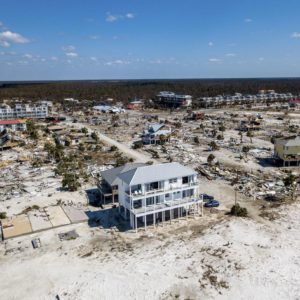
Insurance Institute for Business and Home Safety:
Since Hurricane Katrina, the National Flood Insurance Program has had to “borrow” more than $30 billion of taxpayer money, even though it was designed to cover its own costs when Congress created it 50 years ago. Last year, congress wrote off half so the program could cover claims from Hurricanes Harvey, Irma, and Maria.
Related links
- Hurricane Warnings: Sifting through the wreckage of Hurricane Andrew
- Designed for the Coast: Modern materials and storm resistance in a new neighborhood home
Question 3: Warming up a cold floor
Jack writes: Hey guys, love the show! question for you. The house I am working on (just carpentry and painting) has a den above a currently unfinished 2 car garage, it had a leak from the porch and they took the ceiling down. The contractor doing the work on that part of the house started putting in R13 insulation faced side down until I had the homeowners pull the plug on it. The garage is an unheated, 3 walls cinder block structure, the ceiling which is the den floor is 2×8 wood framed with old plank subfloor and likely cement board then tile. My question is what can we do to kind of heat the floor, low voltage radiant? Piped system? We can’t touch the tiles on top, we only can work below, I would ideally like to stuff as much insulation as I can in there, maybe R38 batts, foam the the ends of each of the stud bays then a layer of taped 2′ rigid over the joists, then drywall. Am I nuts? Overdoing it? How do you suggest we keep that super cold room habitable, it’s in Brooklyn NY. Thanks, sorry for the rant, would send a video but way to awkward.
Thank You.
Brooklyn is in Climate zone 4, which requires R19 in the floor, according to 2012 IRC.
Related links:
- How to Insulate a Cold Floor
- An Over-Garage In-Law Suite with a Wealth of Storage
- Major Thermal Bypasses: Energy-Wasting Holes in Your House
This episode of the podcast is brought to you by Benjamin Moore, Titebond, and Versetta Stone.
This episode of the Fine Homebuilding podcast is brought to you by Benjamin Moore. Everyone can paint. This is true. But not everyone can get the project done right. And Benjamin Moore knows that’s why you’re on the job. You’re more than a paintbrush and a ladder. Your client can buy those things at a hardware store, but they hired you for your skills and expertise. You know every paint job is different and that it takes more than one coat for the best finish. Benjamin Moore believes in doing things the right way. Because everyone can paint, but to do it right, it takes an expert contractor, it takes more than one coat and it takes Benjamin Moore. Paint like no other. Visit BenjaminMoore.com.
This episode of the Fine Homebuilding podcast is also brought to you by Titebond. Bonding heavy materials to vertical surfaces is a real challenge. To meet that challenge, you need a durable adhesive with grabbing power you can trust. Titebond’s Ultimate TITEGRAB Adhesive has twice the vertical strength of most other adhesives, and is uniquely designed for bonding a wide variety of building materials, including, stone, brick, and concrete. TITEGRAB is ideal for indoor and outdoor applications, and is 100% waterproof. Available at building supply stores, lumber yards and home improvement stores. Visit TITEBOND.COM for more details.
This episode of the Fine Homebuilding podcast is also brought to you by Versetta Stone. Re-creating the beauty of stone starts by creating a revolutionary product. Versetta Stone is a one-of-a-kind, mortarless, cement-based stone veneer that installs with screws or nails. This unique panelized design allows contractors ease of installation, saving time and money without sacrificing beauty. Accomplish exactly what your customers are looking for with Versetta Stone. To learn more about Versetta Stone, visit VersettaStone.com.
We hope you will take advantage of a great offer for our podcast listeners: A special 20% off the discounted rate to subscribe to the Fine Homebuilding print magazine. That link goes to finehomebuilding.com/podoffer.
The show is driven by our listeners, so please subscribe and rate us on iTunes or Google Play, and if you have any questions you would like us to dig into for a future show, shoot an email our way: [email protected]. Also, be sure to follow Justin Fink and Fine Homebuilding on Instagram, and “like” the magazine on Facebook. Note that you can watch the show above, or on YouTube at the Fine Homebuilding YouTube Channel.
The Fine Homebuilding Podcast embodies Fine Homebuilding magazine’s commitment to the preservation of craftsmanship and the advancement of home performance in residential construction. The show is an informal but vigorous conversation about the techniques and principles that allow listeners to master their design and building challenges.
Other related links:
- The Flir One Pro can turn your smartphone into a thermal imaging camera
- Ice dams are not a roofing problem; they’re an air-sealing problem
- All FHB podcast show notes: FineHomebuilding.com/podcast.
- #KeepCraftAlive T-shirts support scholarships for building trades students. So go order some shirts at KeepCraftAlive.org.
- The direct link to the online store is here.
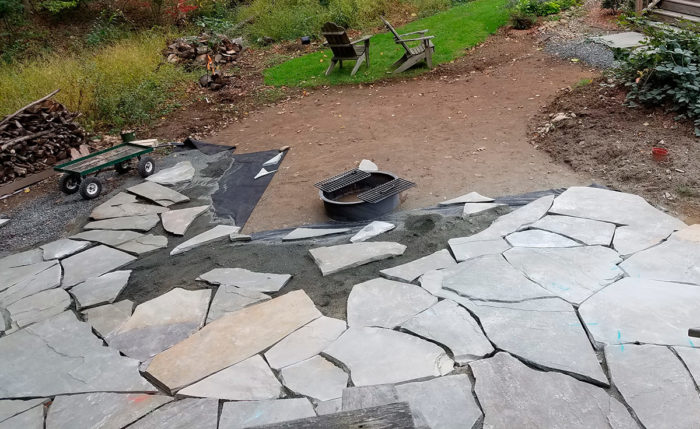

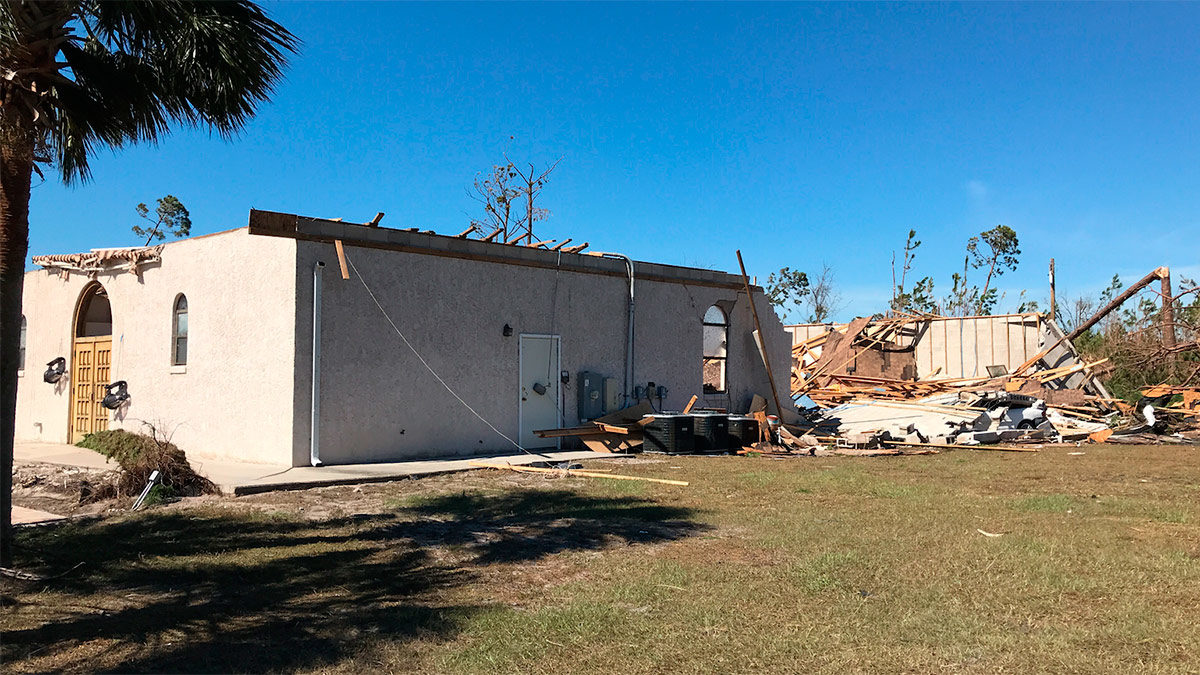
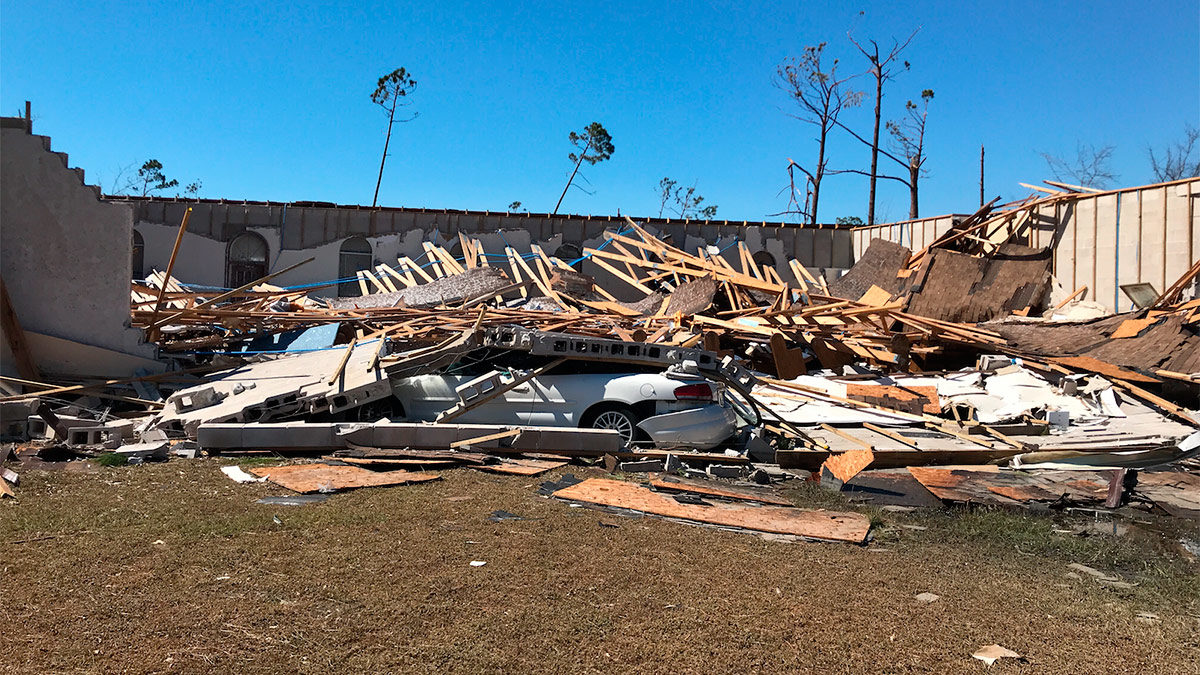
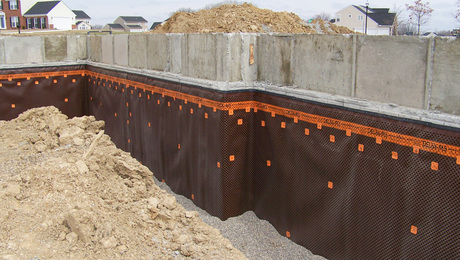



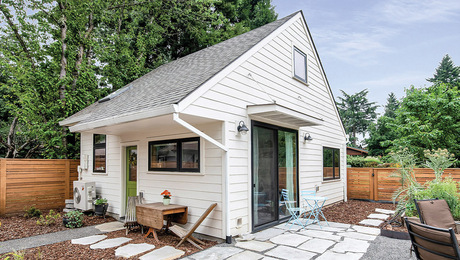

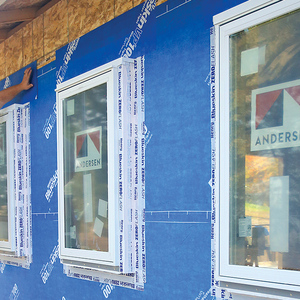
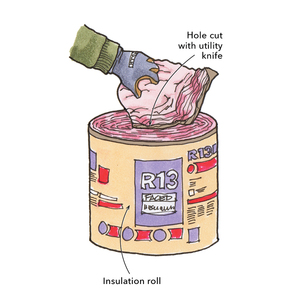









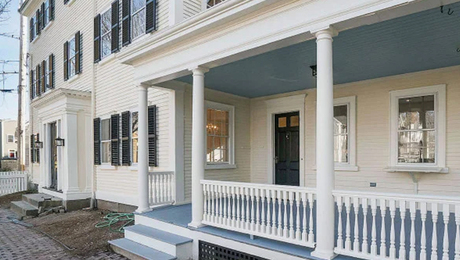












View Comments
Home Depot has i7 Flir cameras for rent at some locations. It was $53/4hr or $75/day. Waited for a ~30 degree day with a strong wind, shot the entire house inside and outside (and the crawlspace). Downloaded all the pictures to my computer and returned it within 4hrs. Showed a number of issues. Good investment.
Great show, guys. Another bottomless or multi-mouse trap is a bucket of water, with a piece of bailing wire stretched across the top (drill two holes on the sides near the top). Thread a small block of wood over the wire and smear with peanut butter. Mice can't resist, nor can they balance on the wood!
I also like AWS3's tip on the camera rental and I'm going to see if they have it for rent in my area. Cheers y'all!
another fine show gents... however...i find the recent podcast sponsorship from versettastone to be really contradictory and a bit hypocritical to your #keepcraftalive movement...hopefully old mr yagid is not biting his lip somewhere...